Deconstructivism in architecture is more than just a style—it’s a radical expression of the human condition. Emerging in the late 20th century, Deconstructivism breaks free from the constraints of conventional forms and embraces the chaos and complexity of our existence. It speaks in a language of fragmentation and dissonance, where angular, distorted forms challenge the notion of stability and order. This movement is not just about creating buildings; it’s about deconstructing the ideas underpinning our perceptions of space, structure, and reality. Therefore, this article will hopefully offer an insightful overview of Deconstructionism.
Origins of Deconstructivism In Architecture

The emergence of deconstructivism in architecture as a style can be traced back to three major factors: Russian Constructivism in 1913, Jacques Derrida’s philosophical ideas of deconstruction in the late 1960s, and the 1988 Deconstructivist Exhibition in New York.
Actually, no one intended to create such a movement in architecture, for it wasn’t as emphasized as the Renaissance or Modernist movements. Philip Johnson and Mark Wigley curated the work of seven avant-garde architects who depart from Modernist principles and embrace fragmentation, dislocation, and non-linear processes in their designs. For the curators, it seemed reminiscent of the Russian Constructivist style, and originally the exhibition was titled “NeoConstructivist Architecture.”

The seven visionaries at that time —Frank Gehry, Zaha Hadid, Rem Koolhaas, Peter Eisenman, Daniel Libeskind, Bernard Tschumi, and Coop Himmelb(l)au— didn’t even realize they were going to be labeled as Deconstructivists. It was more of a chaotically organic shift towards architectural expression. How perfectly poetic it is that the deconstructivist style came into existence in a fragmented way?
Influence of Derrida on Deconstructivism

Jacques Derrida originated the theory of deconstruction, rooted in the poststructuralist literary theories, which challenge the rigid frameworks of structuralism by emphasizing the fluidity and unpredictability of meaning in language and culture. The first hint of Derrida’s influence on architecture was found in Bernard Tchumi’s design for the 1083 Parc de la Villette competition in Paris. Instead of opting for a conventional structure, Tschumi envisioned a scattered grid of pavilions, reflecting deconstruction’s disruption of traditional linguistic order – which ultimately won.

Later, Derrida reflected on Tschumi’s design, interpreting the seemingly random interplay of forms as symbolic of the unpredictable and contingent nature of meaning in language. Architecture obviously piqued his interest as he further collaborated with Peter Eisenman on designing other structures for the park. Despite this intersection, Derrida remained elusive about any direct link between his philosophy and the architectural movement it inspired. Tschumi, on the other hand, acknowledged that while philosophical ideas could dismantle concepts, they “could not address the one thing that makes the work of architects ultimately different from the work of philosophers: materiality.”
Influence of Russian Constructivism on Deconstructivism

Russian Constructivism was an avant-garde movement that emerged in the Soviet Union around 1913 and gained momentum after the 1917 Russian Revolution. It represented a radical departure from traditional art and architecture, emphasizing functionalism, abstraction, and the use of industrial materials. Constructivist architects and artists sought to create works that were not merely aesthetic but also socially and politically transformative, reflecting the new Soviet society’s ideals. Among them are El Lissitzky and Vladimir Tatlin, who experimented with non-linear forms and abstract, fragmented structures.
The connection between Russian Constructivism and Deconstructivism lies in their mutual departure from traditional forms and their embrace of abstraction and disruption. While Russian Constructivism laid the groundwork with its use of industrial materials and abstract forms, Deconstructivism expanded on these ideas by introducing more radical elements of chaos, fragmentation, and dislocation. This progression reflects a deeper engagement with the complex and often contradictory nature of contemporary society, pushing the boundaries of architectural conventions to a destabilizing level.
The Controversy between Architects and the Public
The public first took notice of the deconstructivist movement in the 1980s, particularly with Bernard Tschumi’s winning proposal in the Parc de la Villette competition. This attention was further amplified by the New York Deconstructivism Exhibition in 1988. Despite this recognition, most architects have rejected the “Deconstructivist” label, distancing themselves from being associated with any specific movement. However, the term resonated with the public, leading to their works being referred to as “deconstructivist” ever since.
Bernard Tschumi believed that “calling the work of these architects a ‘movement’ or a new ‘style’ was out of context and showed a lack of understanding to their ideas”, but he noted that “The multiple interpretations that multiple architects [have given] to deconstruction [have become] more multiple than deconstruction’s theory of multiple readings could ever have hoped.”
Deconstructivism’s Relationship to Postmodernism
Deconstructivism is sometimes mistaken as a branch of postmodernism, however similar it may seem it stands in stark contrast to it. While postmodernism arose as a reaction to the austerity and rigid functionalism of modernism, deconstructivism pushed further, challenging conventional architectural norms by rejecting symmetry, harmony, and continuity. Postmodernism lit the spark of inspiration with its critique of modernism; deconstructivism diverged by embracing a more refined chaos.
Where postmodernism incorporated playful and eclectic styles, deconstructivism introduced a more severe and fragmented aesthetic, creating a clear distinction between the two movements. The key difference lies in their approach: postmodernism often employs historical references and irony, while deconstructivism seeks to dismantle these references and focus on breaking down traditional architectural elements to forge something entirely new and unexpected.
How to Identify the Deconstructivist Style?
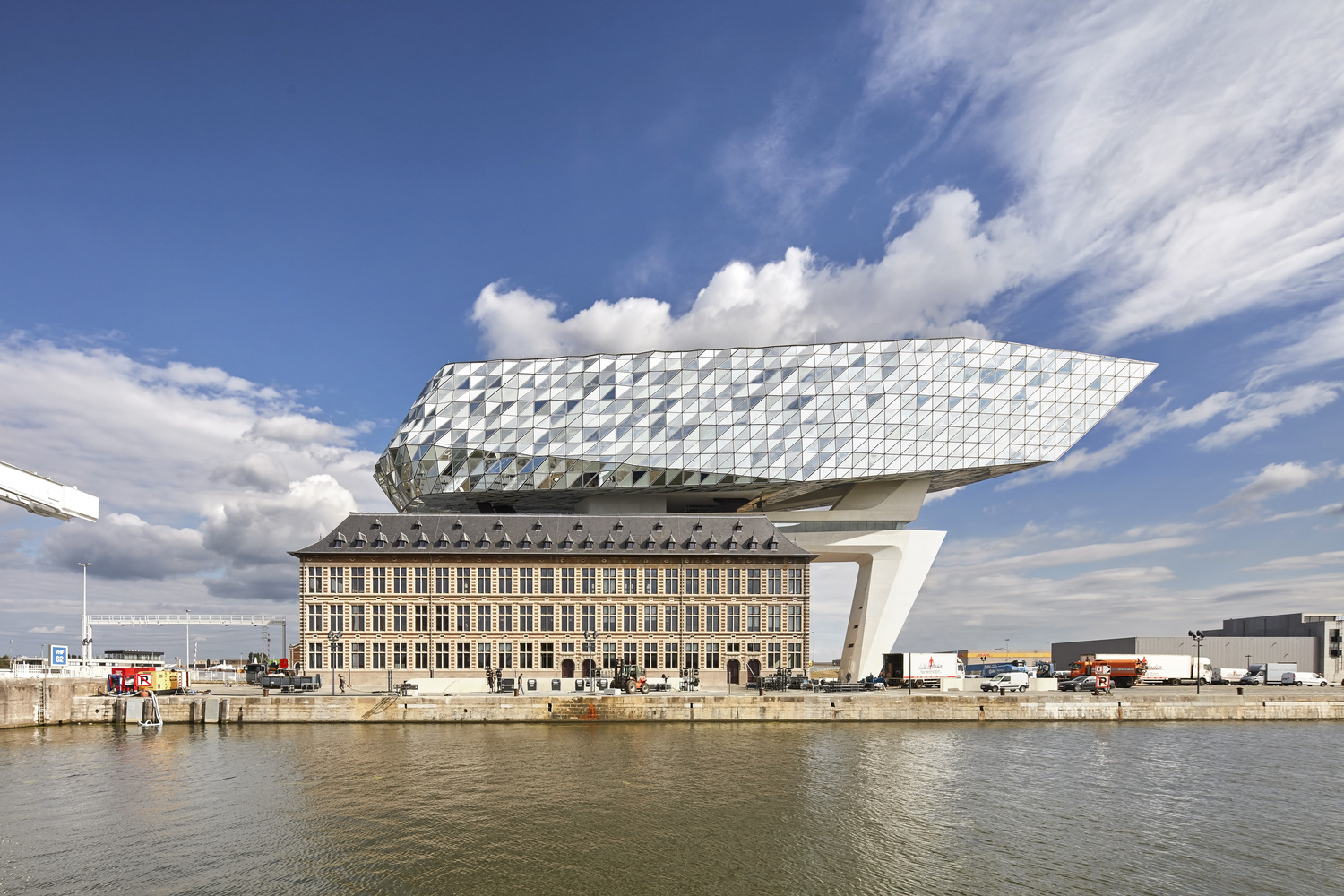
Deconstructivism in architecture was an unexpected blend of Russian Constructivism, Modernism, Postmodernism, Expressionism, and Cubism. I know it sounds like a lot of things from everywhere, but it can distinctly characterized by the following elements:
- Fragmentation: Structures appear to be broken or disjointed, with elements that seem to be in conflict with each other.
- Asymmetry: Buildings often feature irregular, asymmetrical forms that create a sense of dynamism and movement.
- Dislocation: Traditional architectural relationships, such as the hierarchy of spaces and forms, are disrupted.
- Non-linear Process: Designs do not follow a linear or predictable path, often resulting in complex and unpredictable forms.
- Use of Industrial Materials: Materials like steel, concrete, and glass are frequently used and often left exposed, enhancing the raw, unfinished appearance of the structures.
- Lack of Harmony: The structures deliberately avoid harmonious or symmetrical arrangements, creating a sense of controlled chaos.
Notable Projects of Deconstructivism in Architecture
Dancing House – 1996

The Dancing House in Prague is an iconic building often straddling the line between Deconstructivism and Postmodernism. Its fluid, dancing form symbolizes movement and freedom, contrasting sharply with the surrounding classical architecture. Its playful, dynamic curves that bring to mind the iconic dancers Fred and Ginger align with Postmodern tendencies. However, its fragmented and disjointed appearance reflects Deconstructivist ideals. Dancing House is the hybrid of both styles if you think about it.
Jewish Museum Berlin – 2001
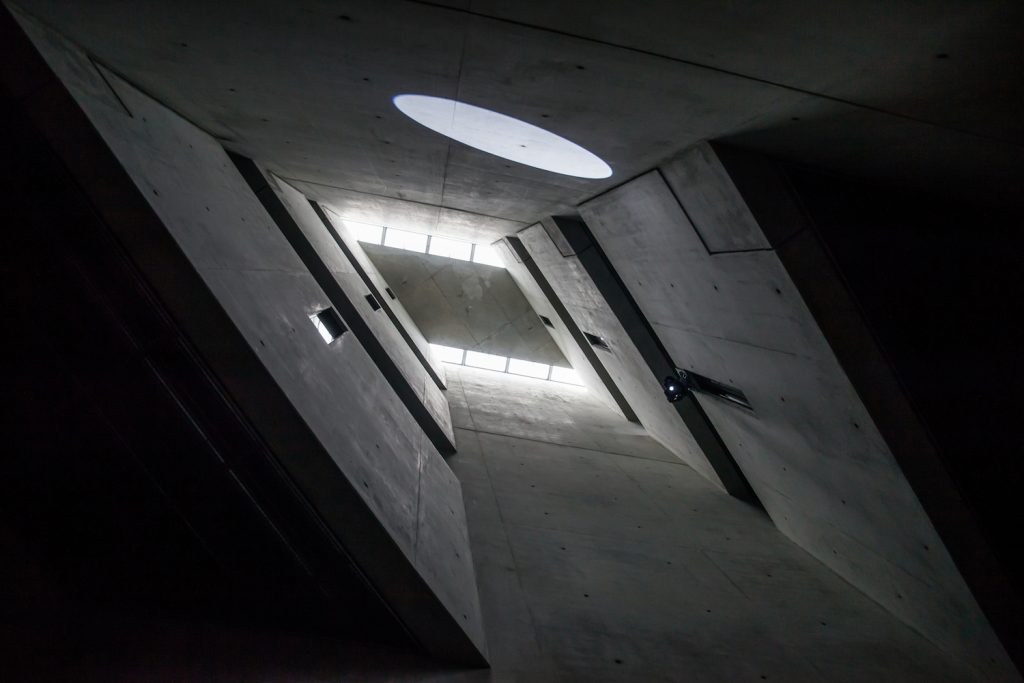
Daniel Libeskind’s Jewish Museum in Berlin showcases a zigzagging form and irregular windows evoke a sense of dislocation and fragmentation, reflecting the complex history of the Jewish people in Germany. The museum’s architecture itself serves as a powerful narrative tool, conveying themes of memory and loss.
Walt Disney Concert Hall – 2003

The Walt Disney Concert Hall in Los Angeles is another iconic work by Frank Gehry. The building’s sweeping, metallic curves create a sense of movement and energy, embodying the principles of Deconstructivism. The hall’s design challenges conventional architectural forms, resulting in a visually stunning and acoustically sophisticated space that has become a cultural landmark.
MAXXI National Museum of 21st Century Arts – 2010
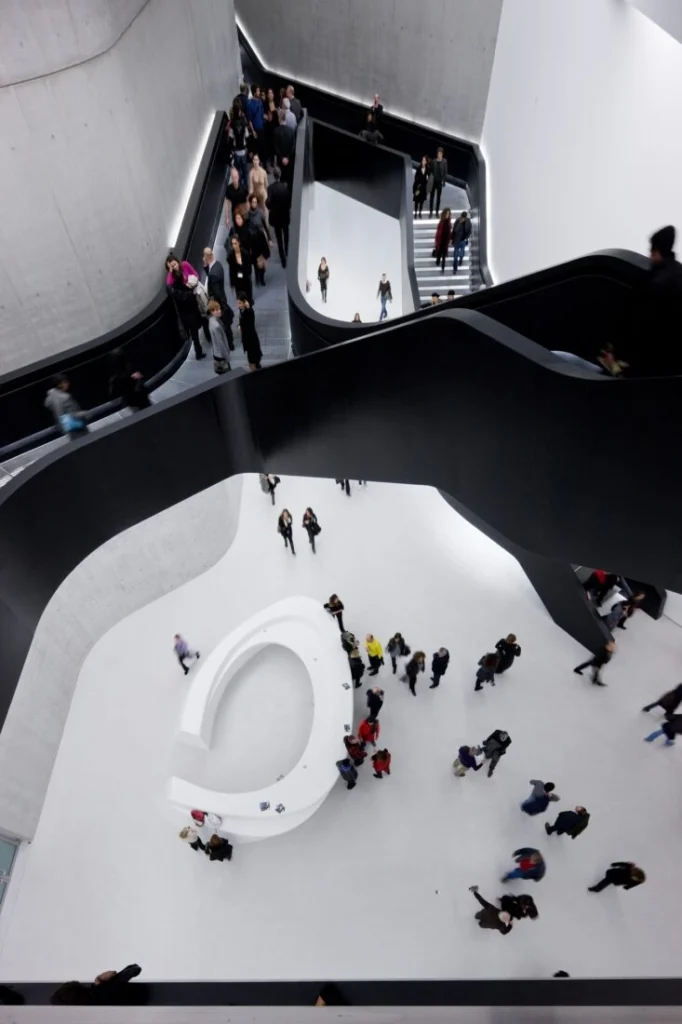
Zaha Hadid’s design for the MAXXI Museum in Rome is a striking example of Deconstructivism. The museum features fluid, overlapping spaces and curvilinear forms that challenge conventional architectural boundaries. The building’s dynamic composition creates a sense of movement and complexity, with its concrete and glass structure appearing both fragmented and continuous, embodying Hadid’s vision of modern, flowing architecture.
CCTV Headquarters – 2004

The CCTV Headquarters in Beijing, designed by Rem Koolhaas and Ole Scheeren, is a bold Deconstructivist statement. The building’s irregular, looping form challenges the conventional skyscraper design, creating a striking visual impact. Its interconnected, cantilevered structure symbolizes the networked nature of contemporary media, embodying Deconstructivism’s principles of disruption and innovation in a functional yet avant-garde architectural form.



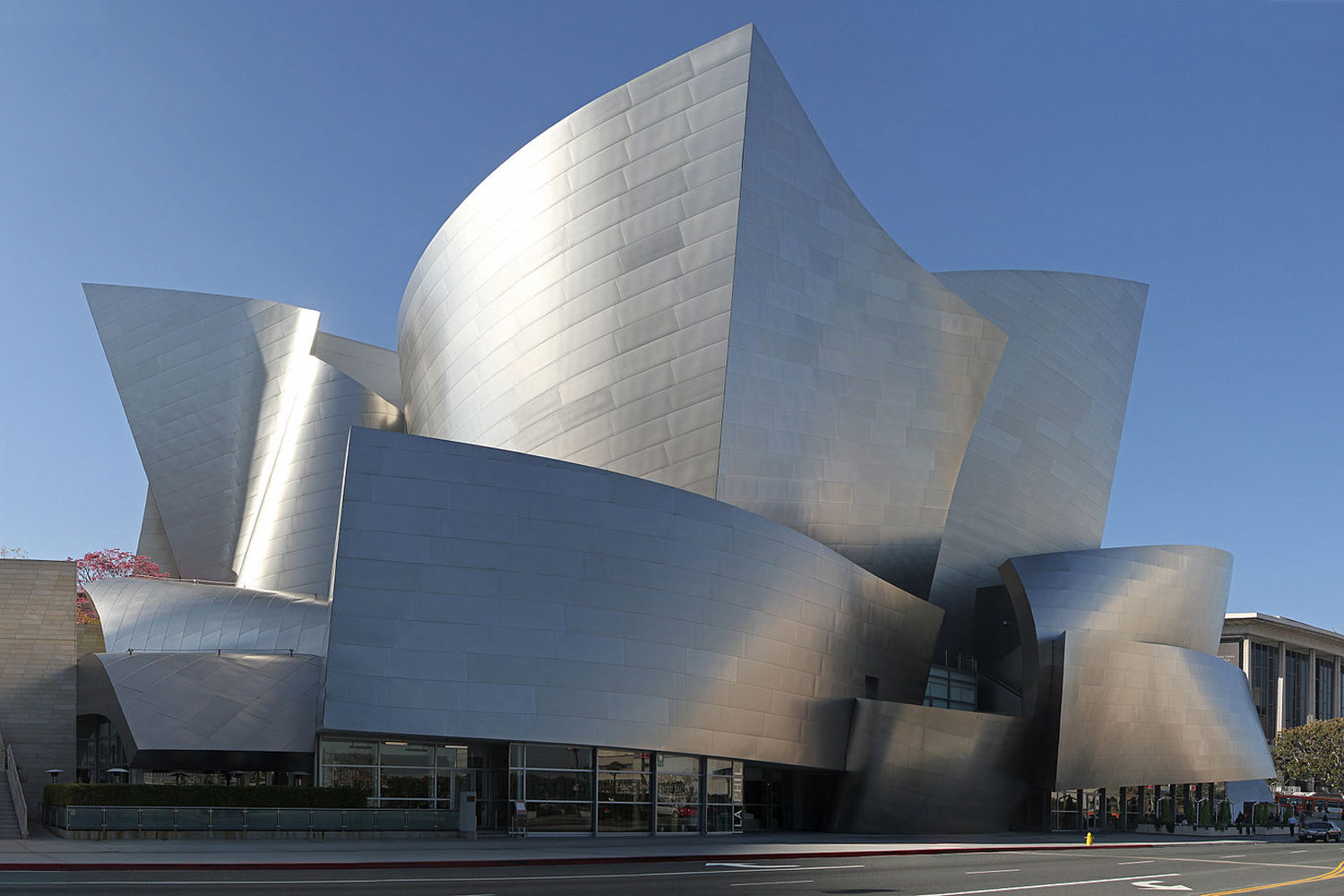

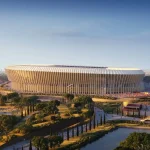




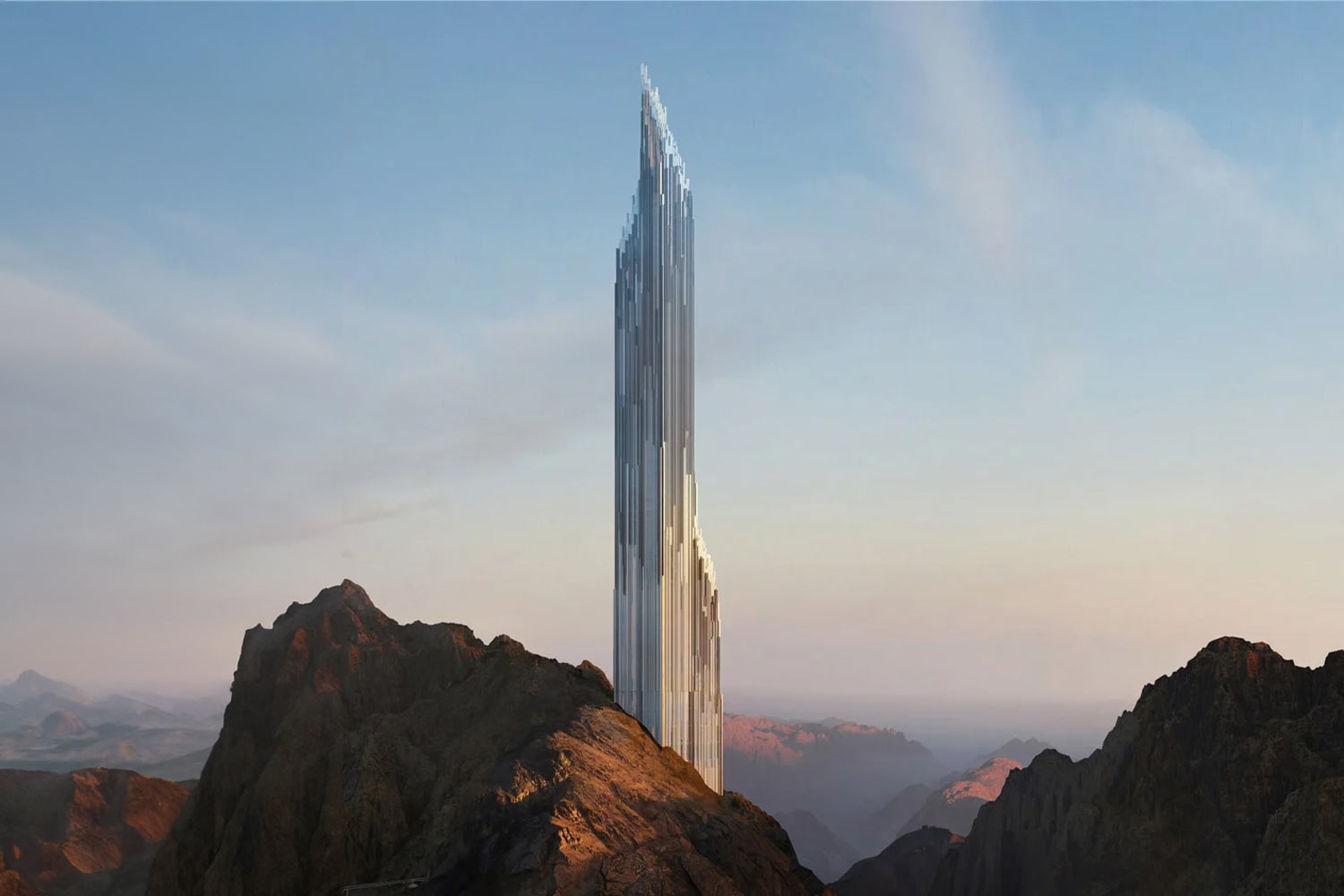








Leave a comment